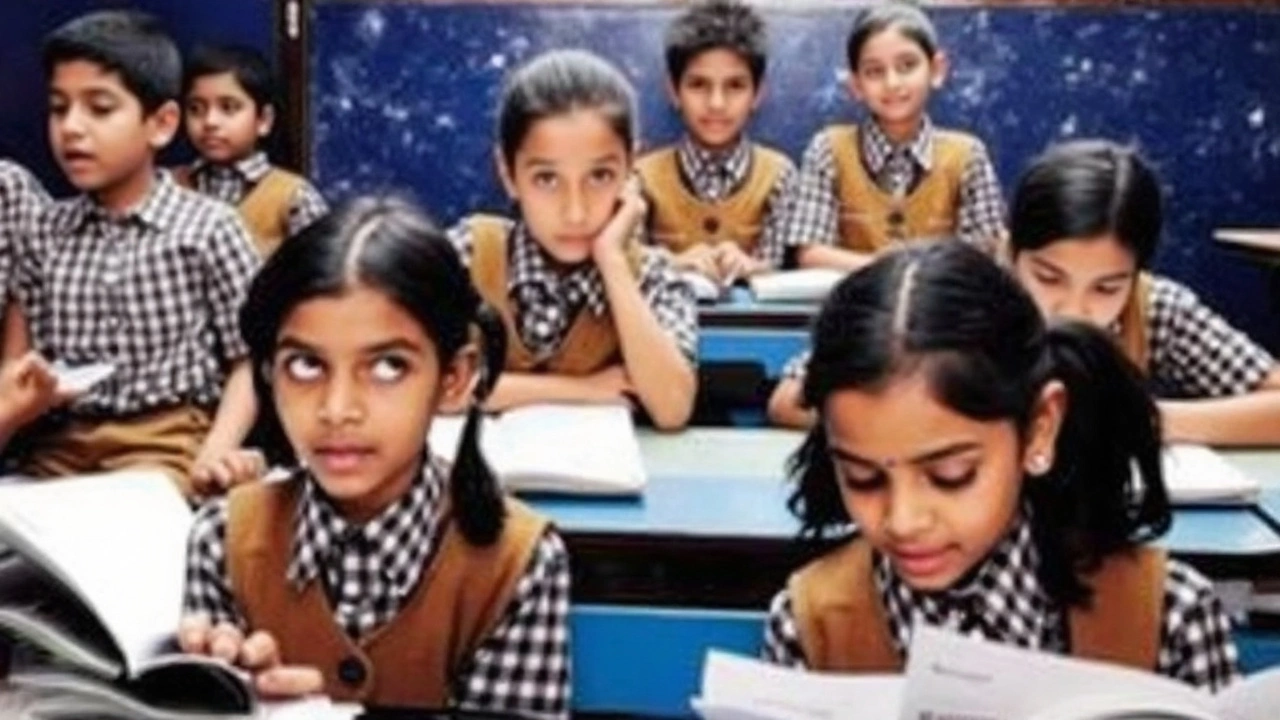School Closure Latest Updates
Schools across India are shutting their doors more often than before. Whether it’s a sudden cloudburst in Uttarakhand or a red alert from the IMD in Punjab, parents need clear, up‑to‑date information. This page gathers the most relevant news and gives you quick steps to handle any disruption.
Common Reasons for School Closures
1. Extreme weather – Heavy rain, floods and landslides top the list. The IMD red alert that hit Punjab, Delhi‑NCR and Uttar Pradesh this week forced many schools to stay closed for safety. In Bihar, rising river levels left over 25 lakh people stranded, and several district schools were used as relief centers.
2. Cloudbursts and flash floods – Uttarakhand’s Chamoli district saw a sudden cloudburst that prompted an immediate school shutdown. Similar alerts have hit Ranchi and Jharkhand, where orange‑level warnings mean travel disruptions and unsafe roads.
3. Health emergencies – While the pandemic is easing, local outbreaks or contamination scares still lead to temporary closures. Health departments often issue advisories that schools follow without delay.
4. Strikes and political protests – Teachers’ unions or local political movements sometimes block access to campuses. In such cases, authorities usually announce alternative learning plans within hours.
5. Infrastructure issues – Power cuts, damaged roofs after a storm, or broken water lines can make a school unusable. The earlier flood in Delhi caused several schools to lose electricity, prompting a shift to online classes for a few days.
How to Stay Informed and Prepare
• Follow official channels – School administrators post updates on WhatsApp groups, official websites and local government portals. Keep your phone notifications on for the latest alerts.
• Check weather apps – The IMD’s mobile app gives real‑time rain forecasts and alert levels (yellow, orange, red). Knowing the alert level helps you decide whether to send kids to school or arrange home study.
• Have a backup plan – Keep a set of printed worksheets, a charged tablet, and a quiet space at home. When schools announce a closure, you can switch to self‑study without scrambling.
• Communicate with teachers – If a closure lasts more than a day, teachers often share assignments or video lessons. Ask for clarification on deadlines to avoid losing marks.
• Stay safe during travel – Even if schools stay open, roads can be hazardous. Follow local traffic warnings, avoid low‑lying routes during floods, and consider carpools if public transport is halted.
Most closures are short‑term, but the ripple effect can hit exam schedules and project deadlines. Schools usually release revised timetables within a week. Keep an eye on official notices for any changes to board exams or internal assessments.
In short, school closures are often driven by safety concerns. By staying connected to official updates, preparing learning materials at home, and keeping open lines with teachers, you can turn an unexpected break into a smooth learning experience for your child.

Schools across India will stay open for the May 7 civil defense mock drill, with students participating in emergency training rather than facing closure. The exercise features simulated alerts and blackouts, aiming to boost preparedness in districts like Delhi, Punjab, Rajasthan, and Jammu-Kashmir.
